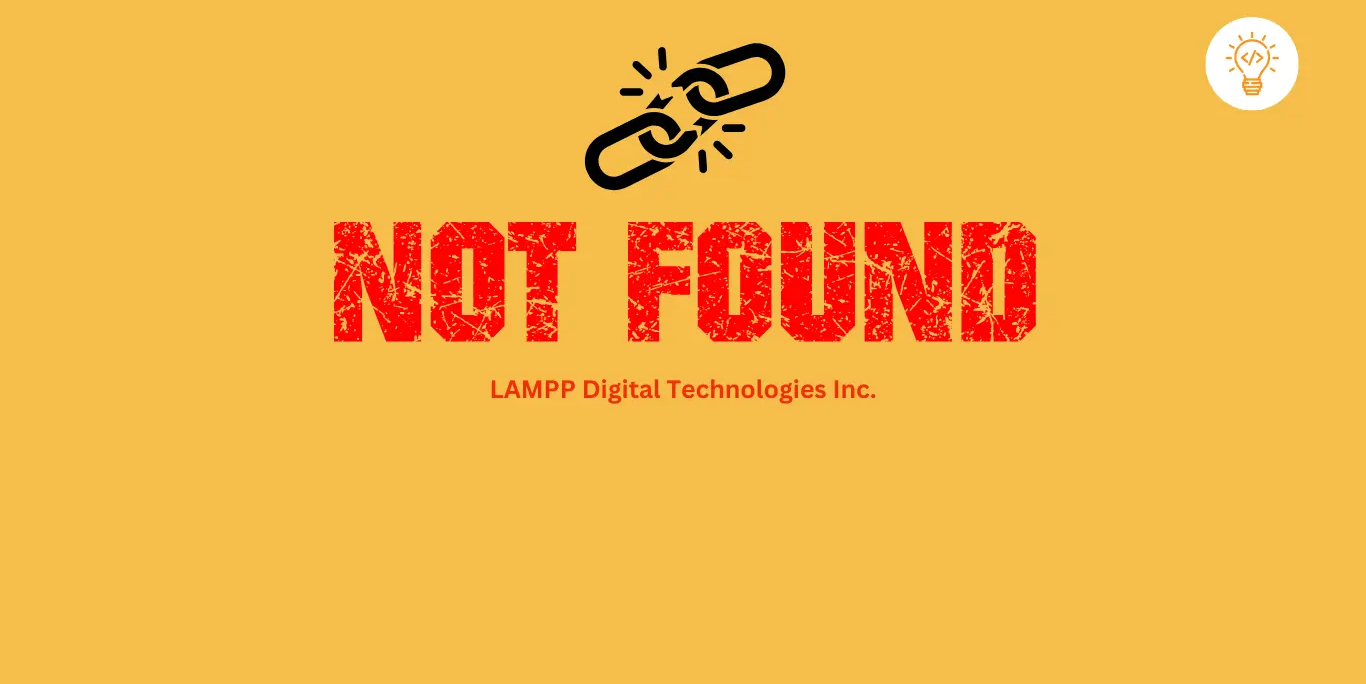As a leading web development agency in Toronto, we understand the significance of maintaining a well-optimized website. A crucial yet often overlooked issue is broken internal links. These broken links can harm user experience, negatively impact SEO rankings, and reduce website credibility. Fixing broken links is essential for ensuring smooth navigation, improving search engine visibility, and enhancing overall website performance. In this article, we will explore why broken internal links are detrimental and how businesses can resolve them to maintain a high-performing website.
How Broken Internal Links Affect a Website’s Performance and SEO
1. Hurt User Experience
User experience is a key factor in retaining visitors on a website. When users encounter broken links, they may become frustrated, leading to a higher bounce rate. If essential pages are inaccessible, visitors are more likely to leave the site without engaging further, which can reduce conversion rates and overall satisfaction.
2. Negatively Impact SEO Rankings
Search engines like Google rely on internal links to crawl and index pages effectively. Broken links create roadblocks, preventing search engines from properly indexing content. This can result in decreased visibility on search engine results pages (SERPs), ultimately lowering organic traffic and reducing the website’s effectiveness in reaching its target audience. A well-structured internal linking strategy is vital for SEO success.
3. Reduce Website Credibility and Trust
A website with multiple broken links appears outdated and unprofessional. Visitors may question the reliability of the content or the trustworthiness of the organization behind the site. A poorly maintained website can harm a brand’s reputation and discourage users from returning in the future. As a top Toronto web development agency, we recommend regular website audits to maintain credibility.
4. Affect Website Navigation and Engagement
Internal links play a crucial role in guiding users through a website and helping them discover relevant content. When these links are broken, it disrupts the logical flow of information and makes it difficult for visitors to explore related topics. This can lead to frustration and limit the time users spend on the site. Ensuring proper navigation is essential for keeping visitors engaged and improving conversion rates.
How to Identify and Fix Broken Internal Links
To maintain a healthy website, it is essential to regularly audit and fix broken links. Here are some steps to do so:
- Use Link Checking Tools – Utilize online tools like Google Search Console, Screaming Frog, or Broken Link Checkers to scan for broken links and fix them efficiently.
- Manually Test Key Pages – Periodically check important pages, navigation menus, and call-to-action (CTA) buttons to ensure all links are functional.
- Update or Remove Broken Links – If a page has moved or been deleted, update the link to a relevant resource or remove it if necessary.
- Implement 301 Redirects – Use 301 redirects to guide users to a new location when pages have been moved, ensuring a seamless browsing experience.
- Regular Website Maintenance – Conduct routine website audits to prevent broken links and optimize site performance for SEO and user engagement.
Broken internal links may seem like a minor issue, but they can significantly impact user experience, SEO rankings, website credibility, and navigation. Regularly monitoring and fixing broken links ensures a smooth browsing experience, helps maintain search engine rankings, and enhances overall website performance. As a trusted web development agency in Toronto, we specialize in optimizing websites for better user engagement and improved search engine visibility. Contact us today to keep your website running at peak performance!
